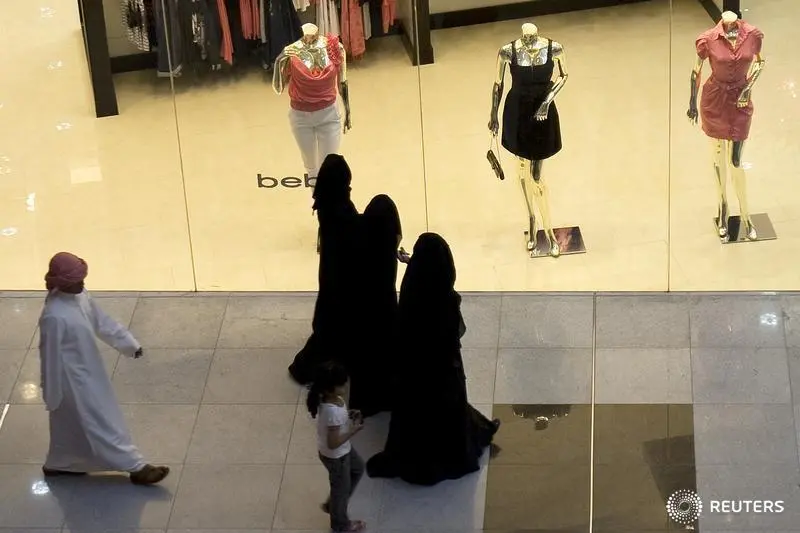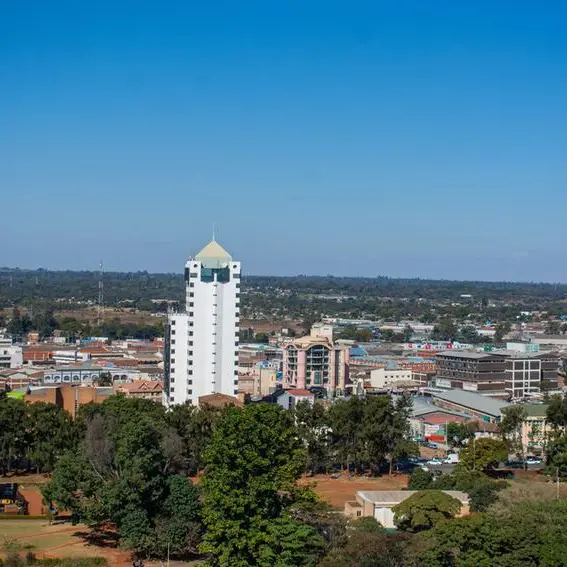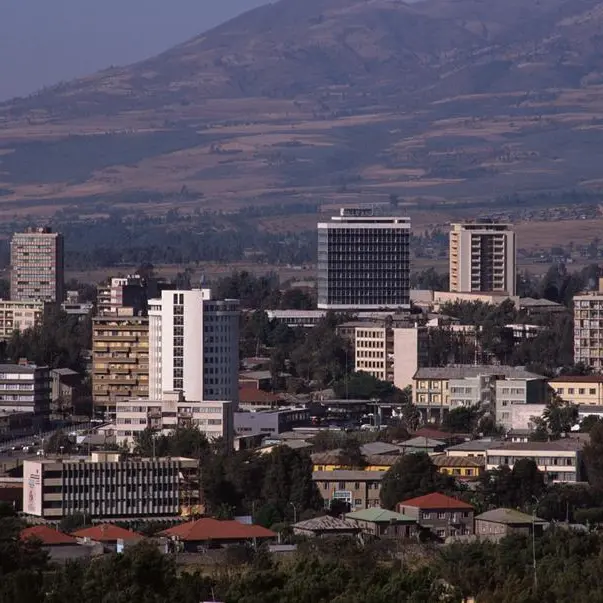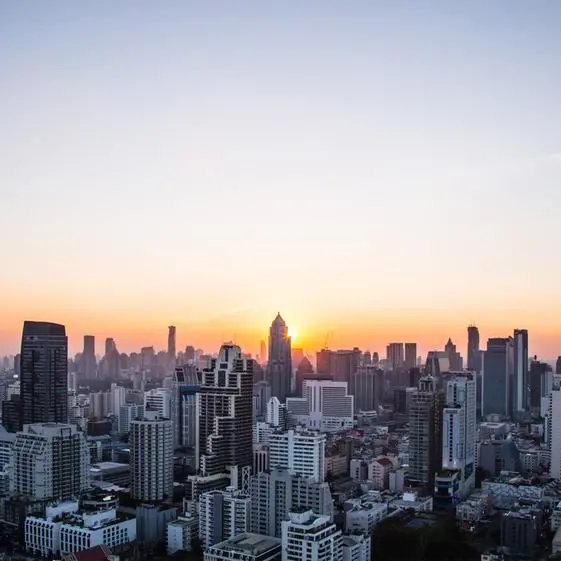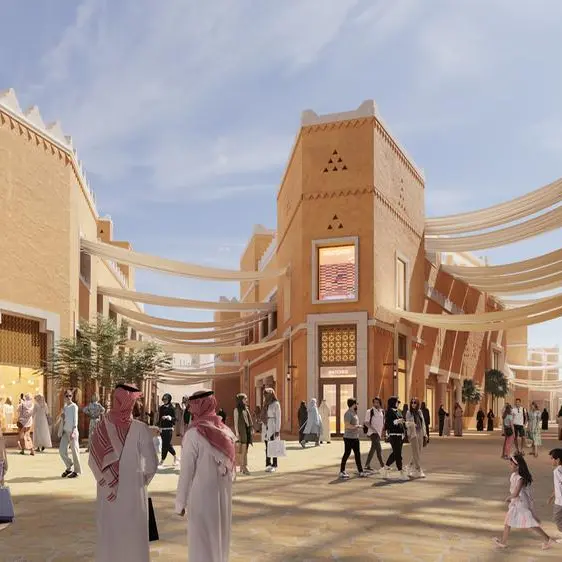PHOTO
A recent survey revealed the rising cost of living — driven by global inflation — “is the leading cause of stress for almost half or 45 per cent of UAE residents". As the grip of global inflation tightens, many people are finding creative ways to stretch their dirhams further and one trend is emerging as a clear winner — thrifting for second-hand clothes.
Gone are the days of secondhand stores being solely associated with vintage finds or budget-conscious shoppers. Today, thrifting is experiencing a major resurgence, driven by necessity and fuelled by a growing appreciation for sustainability and unique styles.
In Dubai’s old district of Deira, second-hand clothing shops are aplenty and full of customers any time of the day.
These shops, popularly known as Ukay-Ukay (a slang coined in the Philippines to describe the act of shopping by digging piles of used or pre-loved clothes until one finds a good one) were mainly catering to Filipinos.
But today, these shops are frequented by other nationalities, including Russians, Egyptians, Iranians, Indians, Pakistanis, Kenyans, South Africans, as well as some Arabs from Algeria and Tunisia.
“Our shop used to cater only to Filipinos. But these days, other nationalities like those from Russia, Egypt, Iran, India and Africa, among others, are also buying second-hand clothes from us,” Jo, 40, a Filipino merchandiser at Amjid Ukay-Ukay, which sells retail and wholesale second-hand and surplus branded clothes, told Khaleej Times.
Practical fashion sense
Natasha, 35, a Russian customer at Amjid, said she used to buy branded clothes at malls. These days, however, she goes to second-hand shops to look for high-brand fashion.
“Where else can I buy a Massimo Dotti silk blouse for just Dh10? Only at this shop,” she noted with a smile.
Some buyers are more enterprising. Mercy, 36, from Kenya, said she not only shops clothes for herself at Amjid but sells them too, to fellow Kenyans and sends some back home for resale. She said the shop sells high-quality and branded clothes, including undergarments that fit African ladies, which she can sell for a profit.
Filipino expat Alona, 40, another customer at Amjid’s, said she shops and resells the second-hand clothes she buys to housekeepers from the Philippines working in some affluent Dubai neighbourhoods, who neither have the time nor extra money to buy brand-new clothes for themselves.
“They would tell me what they are looking for and I buy it for them. I resale those items for just a little profit because I know they don’t have much to spare for such things. They have families and they send money back home. For example, I will buy a surplus dress for just Dh5, then resells it for Dh10 for a Dh5 profit. They don’t have to spend money on transportation,” said Alona, a cashier who has been buying and selling second-hand clothes for three years.
$28 billion industry
Globally, the used clothing industry is approximately valued at $28 billion. With projected annual growth of 12 per cent through 2026, the industry is forecast to reach $51 billion in value. Most used apparel in the market are unsold fast-fashion clothes. It’s an environmental headache that found a way to become a lucrative business for second-hand clothes sellers.
Major department stores are also jumping on the second-hand clothes trend, launching dedicated pre-owned sections. And that’s not surprising at all. Businesses must find a way to remain afloat and keep pace with the challenging times.
Amy, 37, an office worker from the Philippines, shops for her smart casual clothes at Nah’s Ukay-Ukay in Deira. “It saves me money which I can use to buy more food and spend for other necessities like vitamins. In this day and age, people are more practical. These are uncertain times. It’s a crime to be extravagant on things that can be substituted like clothes.”
Mix and match
Lailani said items at their thrift shop are a mix of mall pull-outs (products that were pulled out from malls or outlet stores due to change of style, surplus stocks, minor defects, etc.) and second-hand items, mostly from the US and Canada. They also carry clothes, bags, shoes and other products from Thailand.
“Our clients are mostly Africans and Filipinos. They are usually office workers who want to look good but don’t want to spend too much on clothes and shoes. Business is good so far,” Lailanie, 39, shared.
Quality and sustainability
While affordability is undoubtedly a major factor, the appeal of buying secondhand items goes beyond just saving money. Here are some other factors fuelling the trend, according to some studies:
Sustainability
The ability to give clothes a second life resonates with many shoppers who believe in sustainable use of resources and a circular economy where waste should be repurposed. More fashion-conscious individuals are seeking alternative ways to enjoy great style while minimising their ecological footprint. Thrifting provides the perfect solution by giving pre-loved pieces a new lease on life for a fraction of what they cost at malls.
Quality
Second hand often means well-made, durable garments that stand the test of time. From vintage finds to pre-loved designer pieces, Dubai offers a treasure trove of hidden gems waiting to be discovered.
Uniqueness
Thrifting offers a chance to discover one-of-a-kind pieces that won't be found in mainstream stores, fostering individuality and self-expression.
Sense of community
Thrifting can be a fun social activity, with dedicated communities forming around online platforms and brick-and-mortar stores. Dubai is a city often associated with luxury shopping malls and high-end brands. But aside from the glitz and glamour, there is also a growing thrifting community that attracts both fashion-forward individuals and bargain hunters.
Copyright © 2022 Khaleej Times. All Rights Reserved. Provided by SyndiGate Media Inc. (Syndigate.info).
